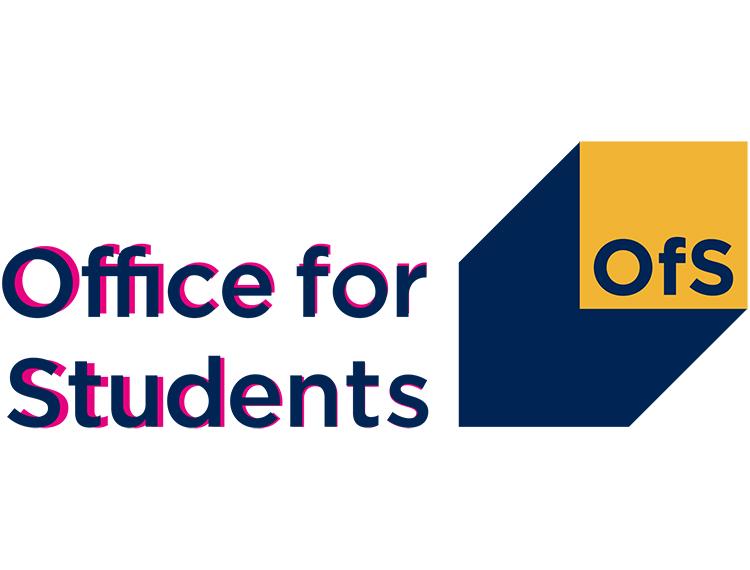New data highlights equality gaps for estranged students

- The continuation rate of entrants in 2017-18 who were estranged from their parents was 8.2 percentage points lower than students who were not estranged – though this gap has reduced from 11.2 percentage points in 2014-15.
- The attainment rate (achieving a first or 2:1) of estranged students in 2018-19 was 13.0 percentage points lower than students who were not estranged.
Estranged students are those who have been irreconcilably estranged from their parents for a substantial amount of time. Around 3,000 students recorded as estranged enter higher education each year.
The figures come from a new report which looks at continuation rates, degree attainment and progression to highly skilled employment or further study. It includes data on estranged students for the first time as well as a range of other characteristics. For example, it also shows that:
- Care experienced students are more likely to drop out and less likely to achieve a first or a 2:1. In 2017-18 the continuation rate of care experienced students was 5.6 percentage points lower than that for students who have not been in care. In 2018-19 the attainment rate (achieving a first or 2:1) of care experienced students was 12.1 percentage points lower than the attainment rate of students who have not been in care.
- Students starting in 2017-18 who were eligible for free school meals were more likely to drop out than those who were not – data showing a 5.4 percentage point gap. For students graduating in 2018-19, the rate achieving a first or 2:1 was 13.0 percentage points lower for students who were eligible for free school meals compared with those who were not.
Chris Millward, Director for Fair Access and Participation at the OfS, said:
‘There are important new insights in this data which universities and colleges can use to improve their understanding of equality gaps across the student lifecycle. We expect universities and colleges to identify and tackle the barriers to success for the student groups identified in this data, so it will help them to develop their access and participation plans during the coming year.
‘We know that students who have overcome barriers to get into higher education may need more support once they arrive to ensure that they unlock their potential – when this happens they have every chance to succeed. Estranged students may face particular challenges – from financial pressures and social isolation, to difficulty finding places to stay during term vacations – and we know these issues have been exacerbated by the coronavirus pandemic. As we mark Estranged Students Solidarity Week, it is important that universities and colleges ensure that estranged students are just as able to succeed in higher education as their peers.’
The OfS has also updated its Associations between characteristics of students (ABCS) data to include new characteristics to the full-time continuation measure, including care experience and free school meal eligibility, and a new part-time continuation measure. The data identifies groups of students by how likely they are to access or continue in higher education.
Universities and colleges are due to report to the OfS in April 2021 with details of progress they have made against their access and participation plans during the previous academic year and how the plans may need to change to meet new challenges. These include the need to improve digital resources to support blended and online learning, to meet increasing demand from adults to re-train, and to address the inequalities for care experienced and estranged students identified in the data published today.
The OfS has written to providers today with guidance on completing these returns.
A new sector-wide key performance measure (KPM) has also been published today, comparing the gap in participation between the most and least represented groups and the overall participation rate, with the amount spent on promoting fair access to higher education. The measure is designed to give an overall picture of the impact that access and participation spending is having on improving equality of opportunity in higher education.
The overall gap between the groups of students who are most and least likely to take up higher education has reduced steadily in recent years, while spend on access initiatives has remained fairly stable – at £222 million in 2017-18.
The groups targeted through spending on access have also changed during the reporting period. Before 2020-21, access interventions focused on a narrower set of target groups, while the most recent access and participation plans reflect a much wider range of groups such as those identified in the data published today.

 According to
According to 









Responses